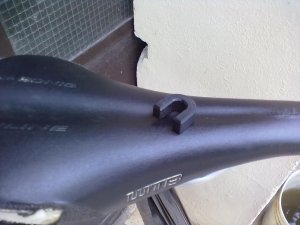Anhang anzeigen 535186 diese sind KEY beim service!
Are those needed to fill the positive chambers?
Do you remember the sequence to fill and bleed the oil? Which oil would you suggest?
I imagine you went trial-and-error to find the exact quantity of oil?
My dyad needs a service and I might try to do it myself in a near future...
Did you also make special keys to disassemble the negative chamber and spool chamber or it wasn't necessary?
 I was afraid that a vacuum pump was necessary, but I'm relieved to know it can be done with just a siringe
I was afraid that a vacuum pump was necessary, but I'm relieved to know it can be done with just a siringe 











